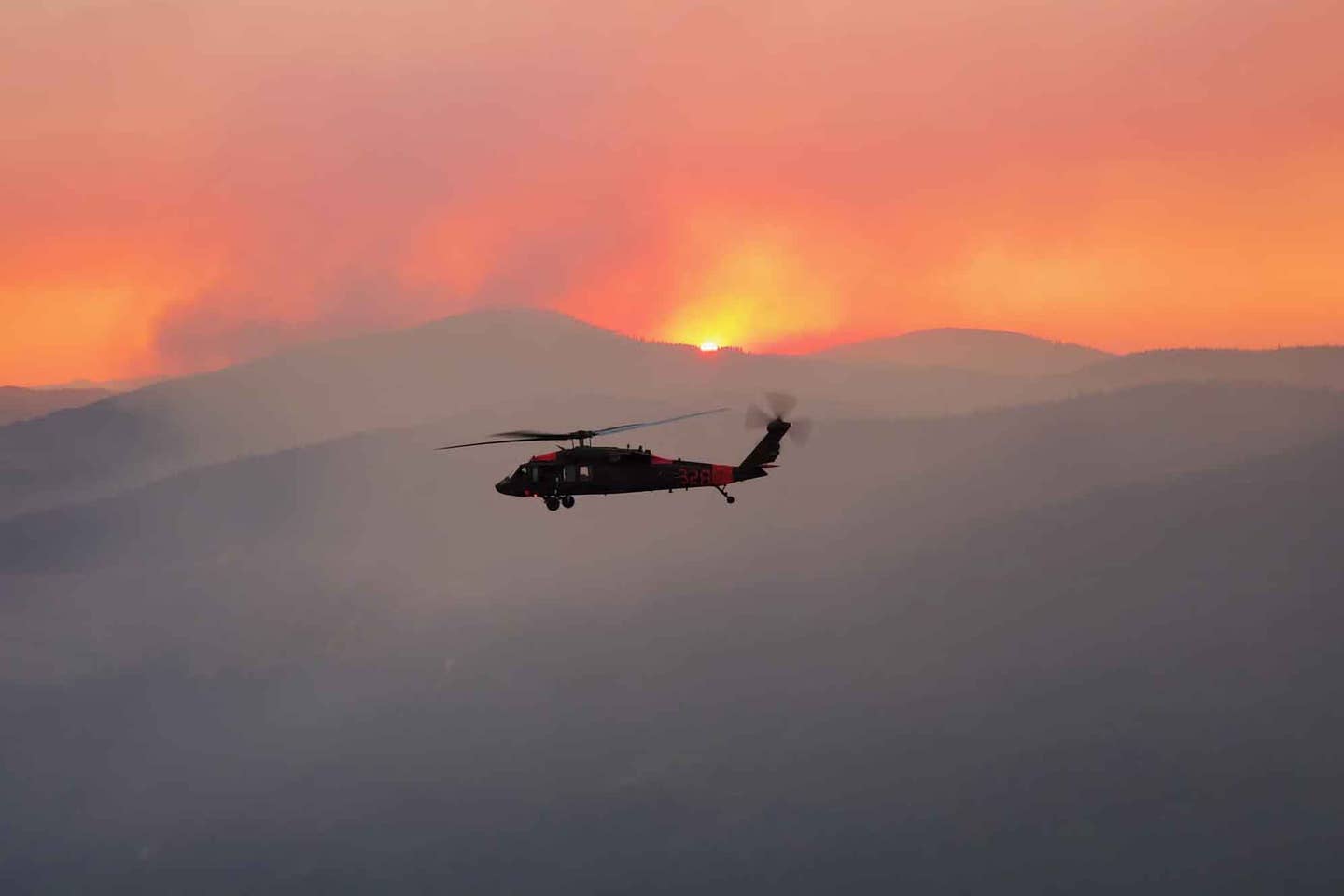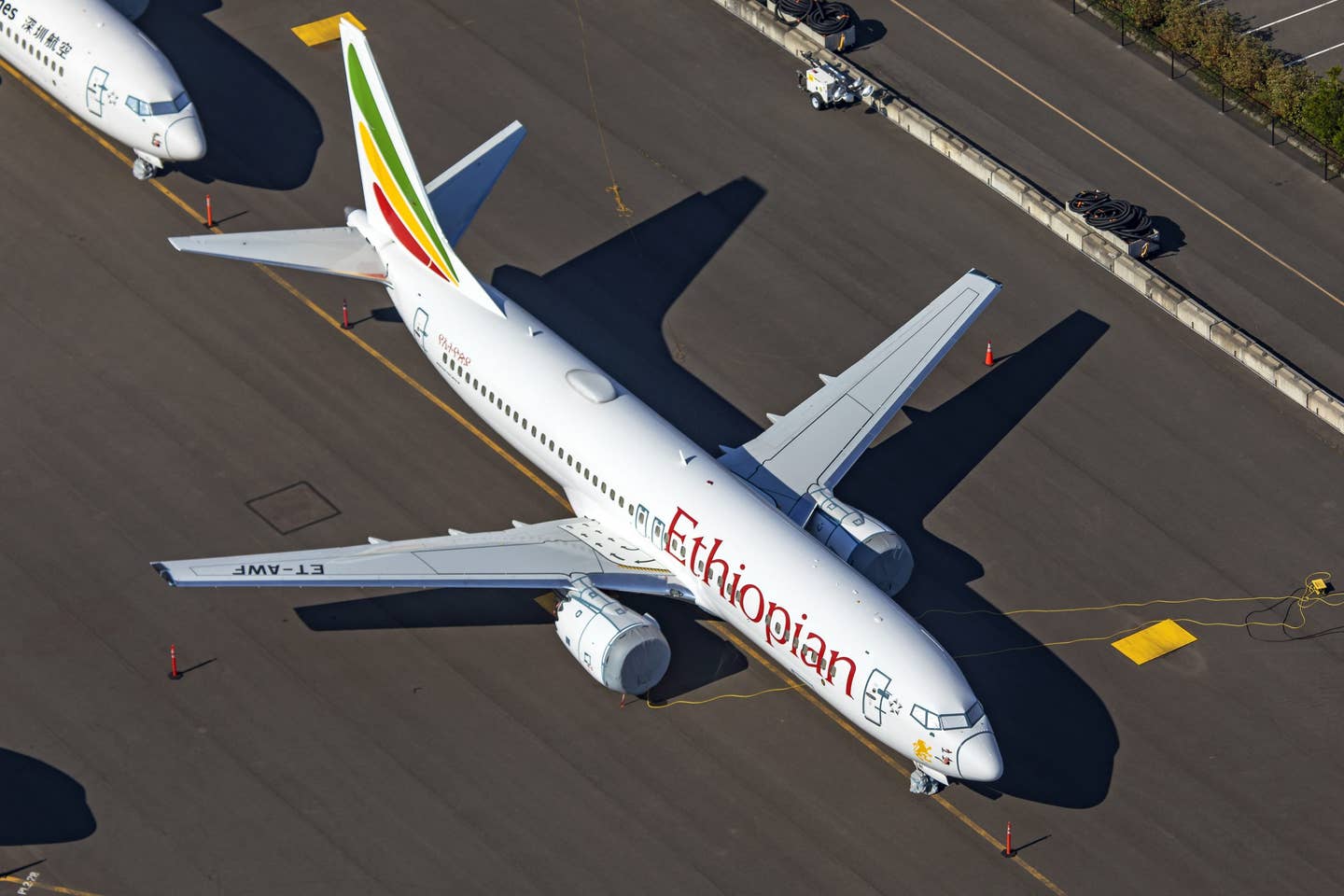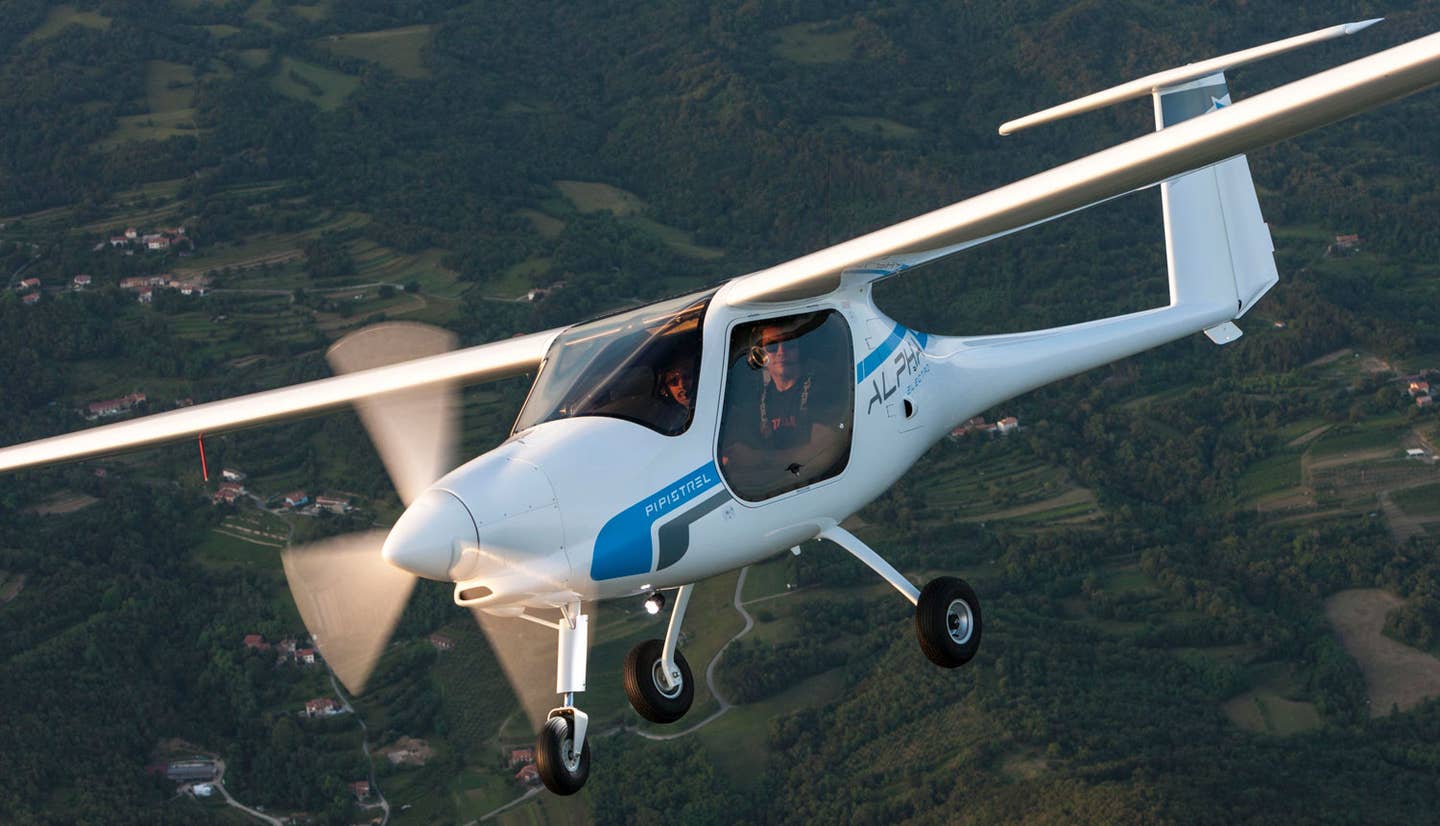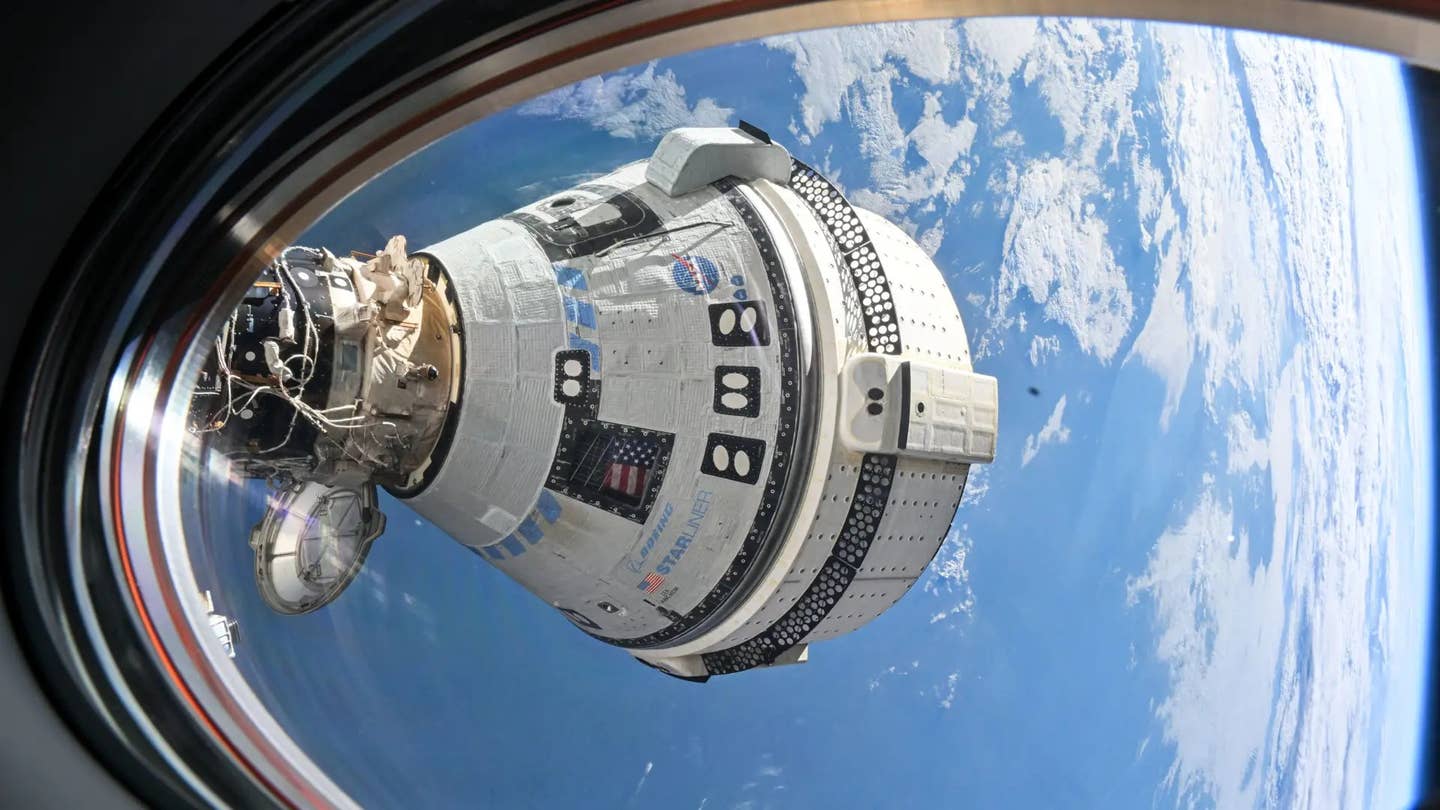National Guard Aircrews Fight Wildfires
Department of Defense is now integrating climate change considerations at all levels, Secretary of Defense Lloyd Austin said.

National Guard soldiers and aircrews from at least eight states have responded to assist with wildfires this year, according to U.S. defense officials.
The news comes as the Department of Defense (DOD) released a Defense Climate Risk Analysis report (DCRA) this week detailing how the consequences of climate change have potential national security implications. “Across the globe, climate change is contributing to an array of hazards, including higher temperatures, changing precipitation patterns and more frequent, intense and unpredictable extreme weather conditions,” the DOD said.
How We Got Here
The need for firefighting assistance is growing. So far this year, nearly 48,000 fires have been reported, torching more than 6.5 million acres, according to the National Interagency Fire Center. This week alone, more than 2.2 million acres were on fire in 17 large fires reported in California, Idaho, Montana, Oregon, and Washington, according to the organization.
In regions where the numbers of ground-level first responders are limited, some states are turning to the National Guard for help.
Earlier this summer, for example, about 1,000 California Guard service members were activated to fight wildfires in the state, with an additional 120 National Guard and Air Force Reserve service members responding from other states, according to the DOD.
In Idaho, firefighting missions have meant extra training for Army National Guard pilots. Chief Warrant Officer 2 Kyle Pearl, a UH-60 Black Hawk pilot with the Idaho Army National Guard, for example, had to learn how to pick up water in a bucket while it was suspended from an aircraft, and from multiple water sources, such as lakes and rivers in order to earn his Firefighter Type 2 Red Card.
There are similarities in the high hover work of medevac flights, he said.
“We’re used to those visual references of holding an 80-foot to 90-foot hover while getting minimal drift with the helicopter so the bucket’s not slamming into the bank,” Pearl said, according to a DOD news report.
“We also practice different drop techniques—if we’re going to do a water drop uphill or downhill,” Pearl said. “Some guys on the ground, they like spot drops, meaning they’d come to a high hover and drop straight down so it’s not fanning ahead.”
The missions come with limitations for the National Guard aircrews, which consist of two pilots and two crew chiefs. The water drops are typically aimed at preventing fire spread, not putting them out.
“The amount of water that we carry—we’re not going to put out a flame. It’s burning too hot,” Pearl said.
Droughts that increase the chances of wildfires, which then contribute to flooding are examples of climate hazards that can compound, according to this week’s DOD report.
The DOD is now integrating climate change considerations at all levels, including war games, modeling, simulations, planning, strategy development, and risk analyses, Secretary of Defense Lloyd Austin said in the DCRA.
“The unprecedented scale of wildfires, floods, droughts, typhoons, and other extreme weather events of recent months and years have damaged our installations and bases, constrained force readiness and operations, and contributed to instability around the world,” he said. “Climate change touches most of what this department does, and this threat will continue to have worsening implications for U.S. national security.”

Sign-up for newsletters & special offers!
Get the latest FLYING stories & special offers delivered directly to your inbox






